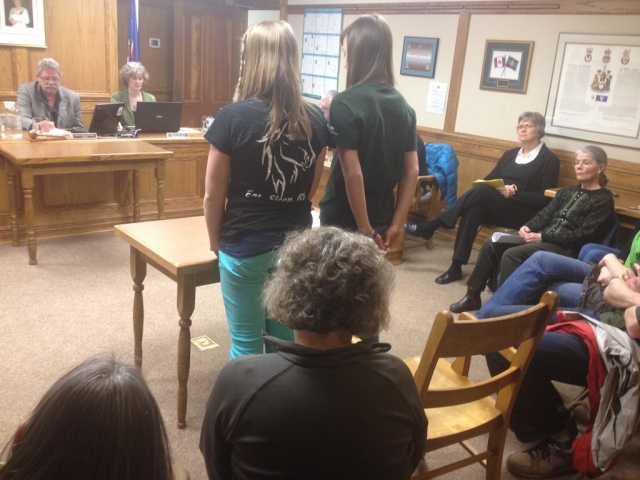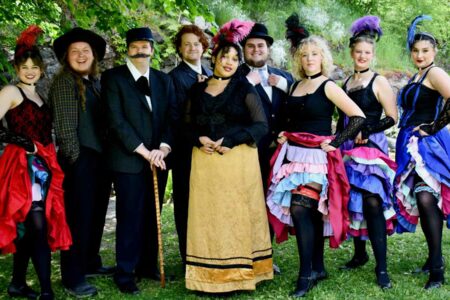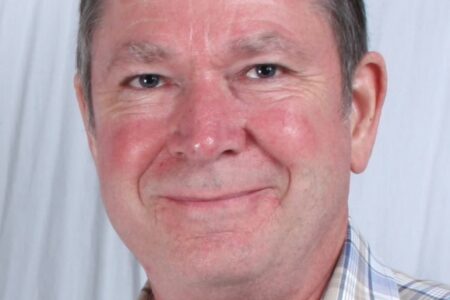ANALYSIS: Sports versus Arts—where do council's priorities lie? A closer look at CBT's Community Initiatives Program in Rossland.
As council divided the annual Community Initiatives Program (CIP) funding from the Columbia Basin Trust (CBT) among 37 applicants on Monday, one petitioner for an arts organization noted that it is difficult to get arts funding in a sports town like Rossland.
But is that the case? Our numbers suggest otherwise.
We took the opportunity to analyze how council partitioned the funds, and we conclude that council—at least the four of seven members who were present at Monday’s committee-of-the-whole—value sports and arts equally, and value both sports and arts above other aspects of civil society.
If you would like to jump into the numbers yourself, the tables are all appended as pdf documents at the end of this article.
The CIP is the CBT’s oldest program and is designed to address local needs by supporting projects that individual communities identify as priorities. Some communities who are impacted by dam construction are also eligible for the associated Affected Area Program (AAP) which is awarded in conjunction with the CIP.
A new five-year CIP/AAP funding commitment began in April 2011 to support Columbia Basin communities with $3.6 million annually, allocated on a per capita basis with a minimum of $30,000 per incorporated municipality, regional district area or First Nation band.
The way CIP funding is awarded is incredibly flexible. Each community follows their own individual processes to arrive at funding decisions when it comes to the difficult task of choosing from among applicants. CBT endorses these “community-based funding decisions” so the outcomes will best reflect local priorities.
Rossland’s funding is directed through a lump sum the CBT distributes to the Regional District of Kootenay Boundary, but applicants must apply directly to local government “delivery partners” such as Rossland.
Often applicants apply to several local governments when their projects have broader local appeal, and when project budgets are larger than one local government could be expected to support.
This year, Rossland was faced with $151,902 in requests by the 37 applicants, but there was only $46,260 to distribute. In other words, the average applicant received only 30 per cent of their request.
Coun. Kathy Wallace commented, “This is a very difficult job to do. I’m not happy with the numbers I have, and there are many applicants I would like to give more to, but that would mean taking away from someone else.”
Council decided that the best way forward was for each councillor to make an individual decision on allocations, and then take an average. With very minor exceptions, this is exactly what they did. Unfortunately, Coun. Kathy Moore, Coun. Cary Fisher, and Coun. Jody Blomme were not present.
Nevertheless, this gives us an opportunity to analyze where council’s priorities lie, both as a whole, and individually for Mayor Greg Granstrom, Coun. Tim Thatcher, Coun. Jill Spearn, and Coun. Kathy Wallace.
The budget of each applicant’s project, the amount they requested from Rossland, and the final amount council awarded them can be found below in “CBT Grants awarded.pdf.”
The amounts each councillor chose to give originally, and the average amount, is in the table “Council Average for CBT Grants.pdf.” With two exceptions, the average amount became the final amount awarded. The exceptions were the West Kootenay Archers and the Kootenay Doukhobor Society, whose small $125 awards after averaging were redistributed to the Kootenay Food Strategy Society and to Scouts Canada.
As for the old sports versus arts debate, that’s where the third table comes in: “Sports vs Arts.pdf.” Let’s take a closer look.
First we separated out sports applicants, arts applicants, and those who are neither. Friends of the Rossland Range presented a dilemma, as they are in many ways an environmental organization, but they also promote outdoor recreation. We chose to keep them in as a sports applicant, but the results are much the same either way.
Council awarded both sports and arts applicants with an average of 36 per cent of their requested amounts, well above the average of 27 per cent awarded to non-sports and non-arts applicants.
The 10 sports applicants received 20 per cent of the total funding, and the five arts applicants received 22 per cent of the total funding.
There were, however, sizeable differences between the councillors prior to the averaging which led to the final grant amounts.
Granstrom had suggested about $3000 less funding to the sports groups and about $2000 more to the arts groups than they ultimately received.
Spearn had suggested about $4000 more funding to the sports groups and slightly more funding to the arts groups than they ultimately received.
Wallace had suggested slightly more funding to both sports groups and arts groups.
By contrast, Thatcher had suggested less funding to both sports and arts—about $1000 and $3000 less, respectively—choosing instead to apply these funds to other organizations such as the Kootenay Boundary Regional Hospital and Health Foundation Society, the Rossland Historical Museum, the Rossland Public Library, and Tourism Rossland.
However you slice it, Monday evening’s council clearly supported both arts and sports, and did so in almost equal measure.
























